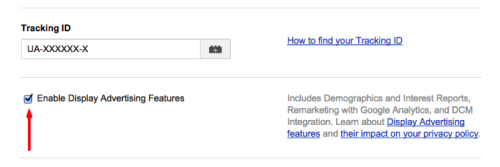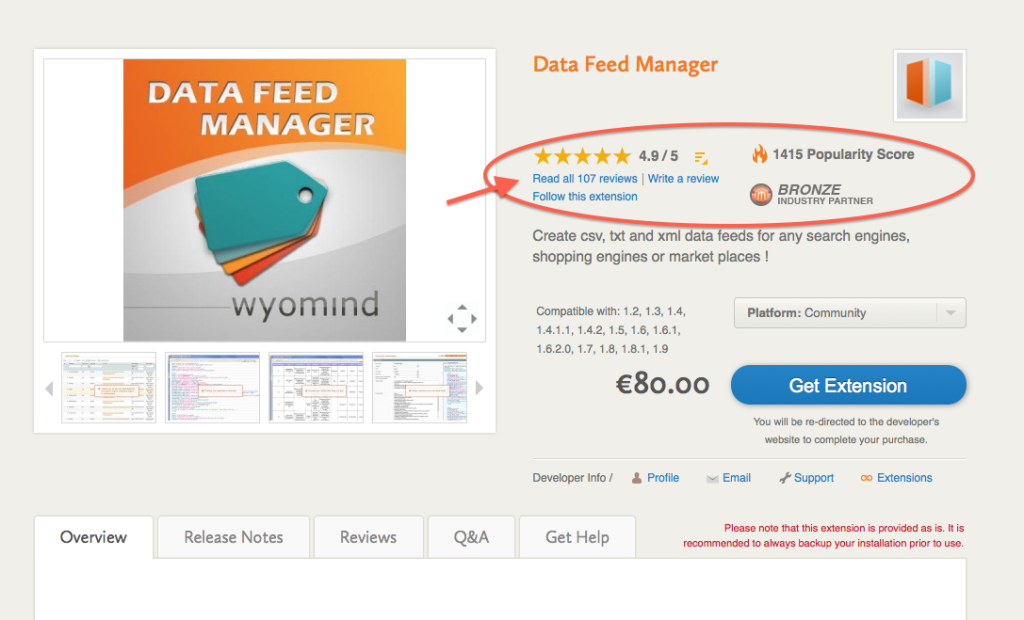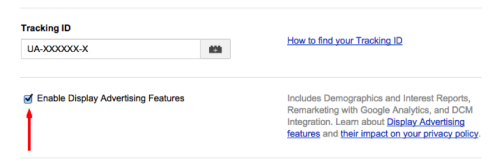Google Tag Manager has been around for two years and some people still haven’t realized its full potential yet! Sure, Google Tag Manager makes data collection much simpler and it frees up development resources, but that’s just scratching the surface as Google Tag Manager is changing the way we collect and repurpose data for digital marketing campaigns. Before we get ahead of ourselves, let’s cover the basics.
What is Google Tag Manager?
Google Tag Manager is a free tag management solution that allows you to add and update multiple tags from one location without having to edit your website’s code over and over again. A tag is typically a website code used in marketing campaigns. For example, if you use Google Analytics, you insert the Analytics code in your site, that snippet of code is a “tag”.
In addition to containing tags, Google Tag Manager (GTM) allows you to control those tags through firing rules. Different marketing initiatives could require tags to fire at different times. For Google analytics, you would want to track page views on every single page of your site. In this case you would set up a firing rule for all pages. However, there are certain tags that marketers would like to fire on special occasions, such as events or goal completions. You can set a tag to fire only on particular pages or only after certain events.
The “out-of-the box” benefits for Google tag manager are:
- Faster Tag Firing
- Tag Testing
- Easier Tag Implementation
- Version History and Recovery
- Account & User Permissions
- Total control of when your tags fire
Tag management software isn’t anything new. There are some great, robust systems out there, but nothing compares to the capabilities of GTM. GTM allows even smaller sized businesses to get into the tag management game. Now that we have the basics down, it’s time to get into the things that become much easier once you have Google Tag Manager installed.
Supercharging Universal Analytics
It’s no secret that Google Analytics was future-proofing their platform when they announced Universal Analytics. What GTM adopters realize is how powerful Universal Analytics can be when paired with Google Tag Manager. Here are just a few of the things that become MUCH easier for marketers to implement.
- Demographic and Interest Reports
Is your company tracking the age and gender of your website visitors? With Google Tag Manager, adding this feature is as simple as checking a box. You will be able to collect valuable data regarding your visitors, down to their age, gender, interests and more.
 Adding Demographic and Interest Reports is as simple as checking this box.
Adding Demographic and Interest Reports is as simple as checking this box.- Event Tracking
Are you tracking events such as clicks on certain links in your website? What about timed intervals or form submissions? Google tag manager makes this data collection easy with auto-event tracking built in. You’ll be able to collect data from these events and more in just 5 simple steps.
- Cross Domain Tracking auto linking
If you’re looking to track different top-level domains as a single entity, cross-domain tracking is for you. Marketers and developers know that this could be a nightmare to implement. Universal Analytics combined with Google Tag Manager simplifies cross-domain tracking implementation. You’re able to “autolink” separate domains without knowing a lick of code.
Google Tag Manager: Advanced
Now you know a few ways that Google Tag Manager makes it easier for your marketing team to implement tags, I bet you’re wondering what else can it do?
- Dynamic Retargeting
If you add the power of Google Tag Manager and you combine it with development resources, you’re able to add powerful features to your site such as dynamic retargeting. Imagine being able to show your site visitors an ad based on their behavior on your site. This sort of technology was once exclusive, but with GTM, any company can have access to it. Now GTM saves you the time and resources of having to hardcode tags and custom parameters to your site. Dynamic retargeting is now something every company can try.
- Enhanced eCommerce
Here we see Google Tag Manager teaming up with Universal Analytics again to bring you extremely valuable data. Through the use of Google Tag Manager, you and your developers can implement enhanced ecommerce tracking which can give you insight into user interactions with products on your e-commerce site. This includes:
- Product impressions
- Product clicks
- Viewing product details
- Adding a product to a shopping cart
- Initiating the checkout process
- Transactions
- Refunds
Google Tag Manger: The Future and Beyond
According to Google, GTM will be rolling out reporting on tag firing & support for AB testing tags. In addition to that, I predict that marketers will continue to find new ways of gathering user data and using it to create highly personalized experiences to engage customers.
In conclusion, we know there’s a lot you can do with GTM and that this is only the beginning for GTM. We’re excited to continue testing the boundaries of tag management technology and look forward to bringing the results to you.
If you need help with Google Tag Manger or your website, contact Groove today!

E-BOOK
20 Best Shopify Apps For Your eCommerce Store
Explore tags:
About the author
Subscribe to the Groove Newsletter
Get the latest updates and insights straight to your inbox



![32 AI eCommerce Tools To Start Using Today [2024]](https://www.groovecommerce.com/hubfs/2023%20Website/Blogs/AI%20Blog%20Social%20Media%20Tools/7%20AI%20Tools%20For%20eCommerce%20Merchants%20To%20Start%20Using%20Today%20-%20Promo%20Image%20Large.jpeg)




